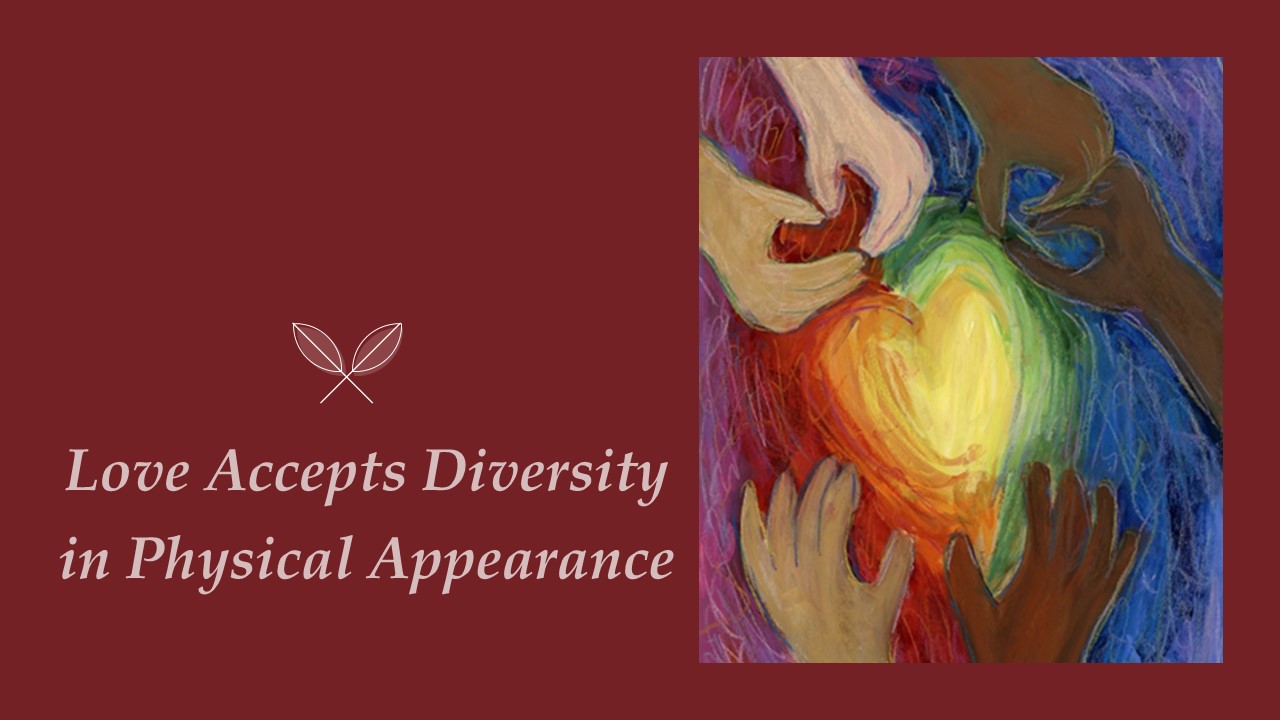Love allows us to accept many physical features of those we love. Scientific surveys provide an abundance of knowledge about standards of beautiful appearance (Karandashev, 2024). Why do we still love those who are not the most beautiful according to conventional standards?
It appears that love provides us with a mechanism for inclusive acceptance of the diverse features of physical appearance. We love our beloved ones not because they are beautiful; rather, we perceive them as beautiful because we love them (Karandashev, 2024).
Inclusive Acceptance of Physical Appearance
When we love someone, we can accept many of the features of their physical appearance, despite common standards of beauty.
I recently came across a young adult novel, Junauda Petrus’ The Stars and the Blackness Between Them, which impressed me for its creation of a gentle world of inclusive acceptance concerning physical characteristics.
A young adult novel is typically a work of fiction that resonates with the experiences and challenges faced by adolescents. This novel by Junauda Petrus resonates with the theme of physical attractiveness, which is significant to many young people.
By inclusivity of acceptance, I mean that instead of presenting the usual remarks on what constitutes female “beauty” according to well-established—and predominantly male—aesthetic standards, the author describes the most diverse physical features of her female protagonists with gentle approval, an attitude that substantially contributes to the freshness and originality of her storytelling.
Beauty Beyond Conventional Standards
In this novel of Junauda Petrus, the love relationship between the two protagonists develops slowly. They rekindle a connection that began when they were little, and its progress is sweet and gradual. Their relationship grows within the contours of a friendship that initially retains the flavor of childhood. Mutual attraction is expressed in frequent remarks of appreciation of physical and personal traits.
In the narrative, there are numerous references to a femininity made of softness and roundness, as well as roughness and fierceness. These descriptions highlight women’s individuality of shapes, hair, and clothing styles beyond conventional beauty standards.
For instance, as we will shortly see, legs are described as “womanly,” in opposition to “too skinny;” “rough feet” are “strong” and considered beautiful because they do not need shoes to walk on hard ground. If a girl wears tight jeans, these make her “big thighs” look “more powerful and pretty.”
These remarks detach the concept of feminine beauty from notions of polish, thinness, and vulnerability that are characteristic of a patriarchal perception of female attractiveness.
Physical and Sexual Attractiveness Is Culturally Diverse
Recognizing beauty in diversity helps us understand the naturalness of physical attraction towards other people, regardless of their physical characteristics. It also aids in comprehending the inherent nature of attraction between individuals of the same sex. The value of differing from people’s bodies may extend to their cultural diversity and/or sexual orientations.
Petrus’ novel presents a spirited kaleidoscopic mixture and celebration of femininity and queerness—some readers may have guessed that the two young protagonists in the novel are girls—which is presented to young readers with genuine openness.
Physical characteristics are spoken of and described in a light tone. The accent is on the combination of softness and strength:
Her legs look more womanly than my skinny-ass calves. She fans them out beyond her skirt, exposing her knees. Her feet look rough but in a way that made them look strong, like they never learned the need for shoes
(Petrus, 2019, p. 68).
In the novel, there are also numerous references to Caribbean culture, language, food, festivities, spirituality, and health practices, as well as Western astrology, afro-futuristic feminism, and music.
What Can We Learn From the Novel About Love and Attraction?
The novel encourages the diversity of beauty and ductility of beauty standards. Beauty standards are culturally and historically determined, not universal and fixed; therefore, they are subject to change.
Let’s look at this quote from the novel:
She is wearing skinny jeans, and they make her big thighs look even more powerful and pretty. We lie there quietly, together
(Petrus, 2019, p. 150).
Once again, beauty and strength are portrayed here as one and the same thing.
Such physical descriptions could be read in light of French philosopher Hélène Cixous’ exhortation to women. She encouraged women to “kill the false woman who is preventing the living one from breathing.” Cixous urges women to reappropriate their bodies in order to free themselves from the double cage of male objectification and censorship. In simpler terms, women’s bodies do not exist to be pleasing objects on display, nor do they exist to be hidden with shame.
The Value of Varieties in Beauty
Conventional standards of beauty tend to praise and promote the same universal characteristics of attractive physical appearance. They suggest that a woman should be thin, tall, with smooth skin, and have a small nose… This ideal of feminine beauty is supposed to be the same for all women.
However, as we all know, human beings come in all shapes and forms. Only a few of them, according to these standards, are considered attractive. Perhaps we should extend the limits of the concept of attractiveness to embrace more diversity in human individualities. It is a very simple idea, and the book illustrates it very effectively.
In our daily lives, it is worthwhile to pay more attention to the variegated nature of physical characteristics and their various forms of beauty. We should observe that beauty encompasses a multitude of variations, surpassing mere universality. We could and should celebrate diversity rather than judge others’ appearances according to a traditional grid of predominantly male aesthetic standards and values.
References
Cixous, H. (1976). “The Laugh of the Medusa.” Signs 1, no. 4: 875-893.
Karandashev, V. (2024). The Varieties of Love as Interpersonal Attraction. Springer. https://link.springer.com/book/10.1007/978-3-031-63577-9
Petrus, J. (2019). The Stars and the Blackness Between Them. New York: Dutton Books.
